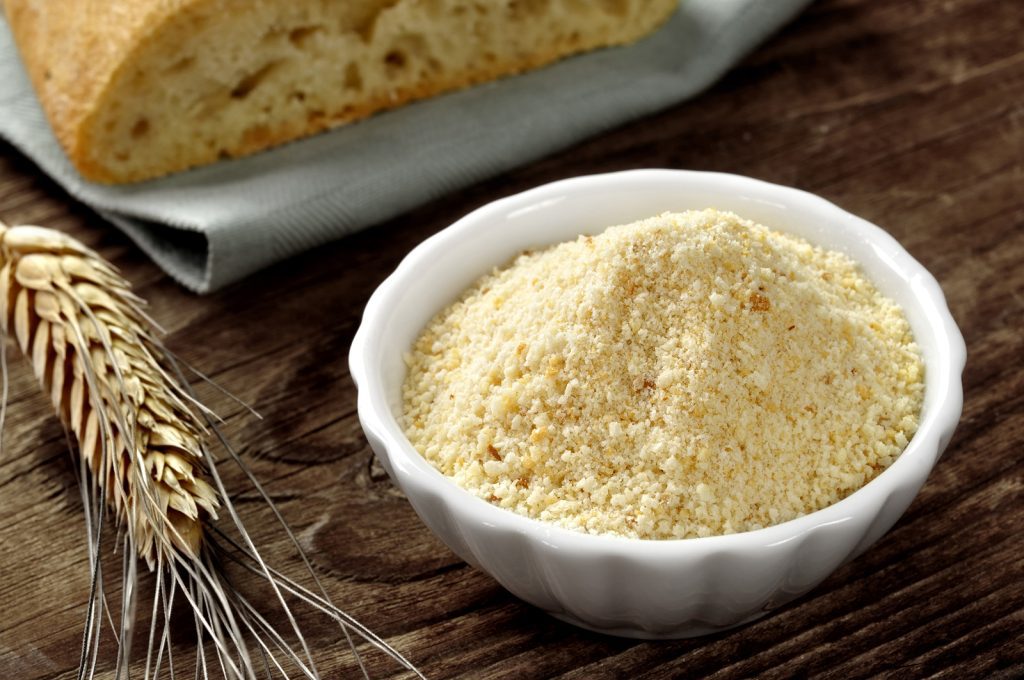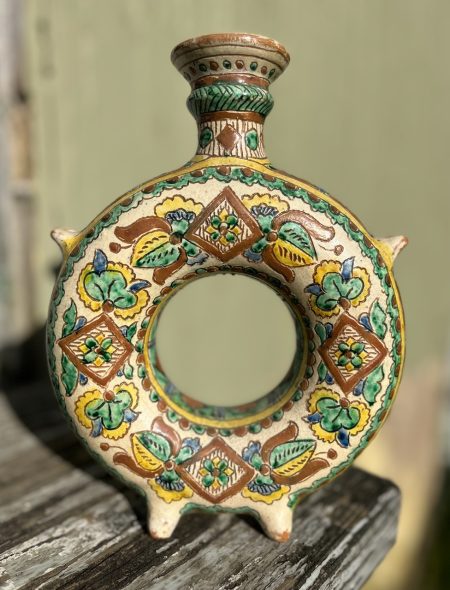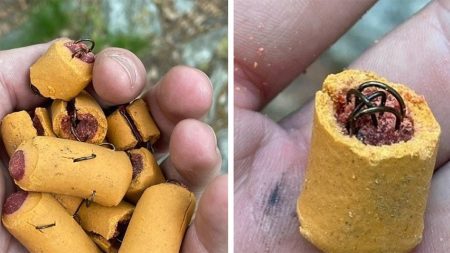Beth Dooley | (TNS) Star Tribune
Trust the Italians to make amazing dishes using basic ingredients.
Pangrattato is essentially ground stale bread brought back to life with good olive oil, plenty of garlic, and a few seasonings. Thanks to Lynne Rossetto Kasper’s tales of resourceful Sicilian cooks, I now appreciate breadcrumbs more. They have become the main ingredient for adding texture, flavor, complexity, and strength to the simplest recipes.
It's common knowledge that the best breadcrumbs are homemade. It's easy and economical – just collect the ends and crusts of good bread in a paper bag. Keep them at room temperature for a few days, even if they harden. Using a variety of loaves enhances the flavor and outcome. Blitz them in the food processor until they resemble coarse sand, and store them in an airtight container at room temperature. I use them frequently in meatloaf and stuffing and as toppings for casseroles, hot dishes, salads, and soups.
My favorite use for them is Pangrattato, which is known as the “poor man’s Parmesan.” Simply toast the breadcrumbs in plenty of good olive oil with garlic, a pinch of salt, and red pepper flakes until golden, making sure they don't burn. Pasta Pangrattato is believed to have originated in southern Italy, where cooks would grate stale bread over pasta when they couldn't afford cheese. There are several variations, including a spicy version from Calabria, that have been passed down through generations.
These delightful crumbs are a great substitute for aged cheeses; they are inexpensive, vegan, and perfect for those who can't consume dairy. But be warned: Once the Pangrattato is ready, you won't be able to resist nibbling these tasty morsels straight from the pan.
Pasta Pangrattato
Serves 4.
This is one of those impromptu pantry dishes made with ingredients you may already have. Homemade breadcrumbs are best, but panko is a good alternative. If there's any leftover Pangrattato (unlikely), store it in the refrigerator in a covered container and then briefly sauté it to refresh before using. From Beth Dooley.
- 1/4 c. quality olive oil, plus a little more for finishing
- 4 cloves garlic, smashed
- Generous pinch red pepper flakes
- 1 c. fresh breadcrumbs
- Generous pinch coarse salt
- Generous pinch freshly ground black pepper
- 1 lb. fusilli or other spiral pasta
- 1/2 c. rough chopped green olives, plus a few whole olives for garnish
- 1/4 c. chopped sun-dried tomatoes, with 1 tbsp. of their oil
- 1/2 c. roughly chopped parsley, plus more for garnish
- 2 tsp. grated lemon zest
- 1 to 2 tbsp. fresh lemon juice, to taste
Directions
In a medium skillet over medium-high heat, warm the oil and add the garlic and red pepper flakes and cook until they’re fragrant, about 30 seconds. Stir in the breadcrumbs and cook, stirring, until golden, about 2 to 3 minutes, watching that they don’t burn. Season with salt and pepper to taste. Remove from heat and set aside.
Bring a large pot of salted water to a boil. Add the pasta and cook until al dente, about 10 to 12 minutes; drain well, reserving about 1/2 cup of the pasta cooking water.
In a big, deep frying pan, put the hot pasta and mix with the olives, sun-dried tomatoes with their oil and parsley; place over medium-low heat. Add the lemon zest, lemon juice and enough pasta water to make a sauce that covers all the ingredients. Cook for about 2 minutes, then mix in the breadcrumb mixture and season to taste. Drizzle the pasta with a little more oil before serving garnished with a little more parsley.
____
Beth Dooley is the writer of “The Perennial Kitchen.” Find her at bethdooleyskitchen.com.
©2024 StarTribune. Visit at startribune.com. Distributed by Tribune Content Agency, LLC.









